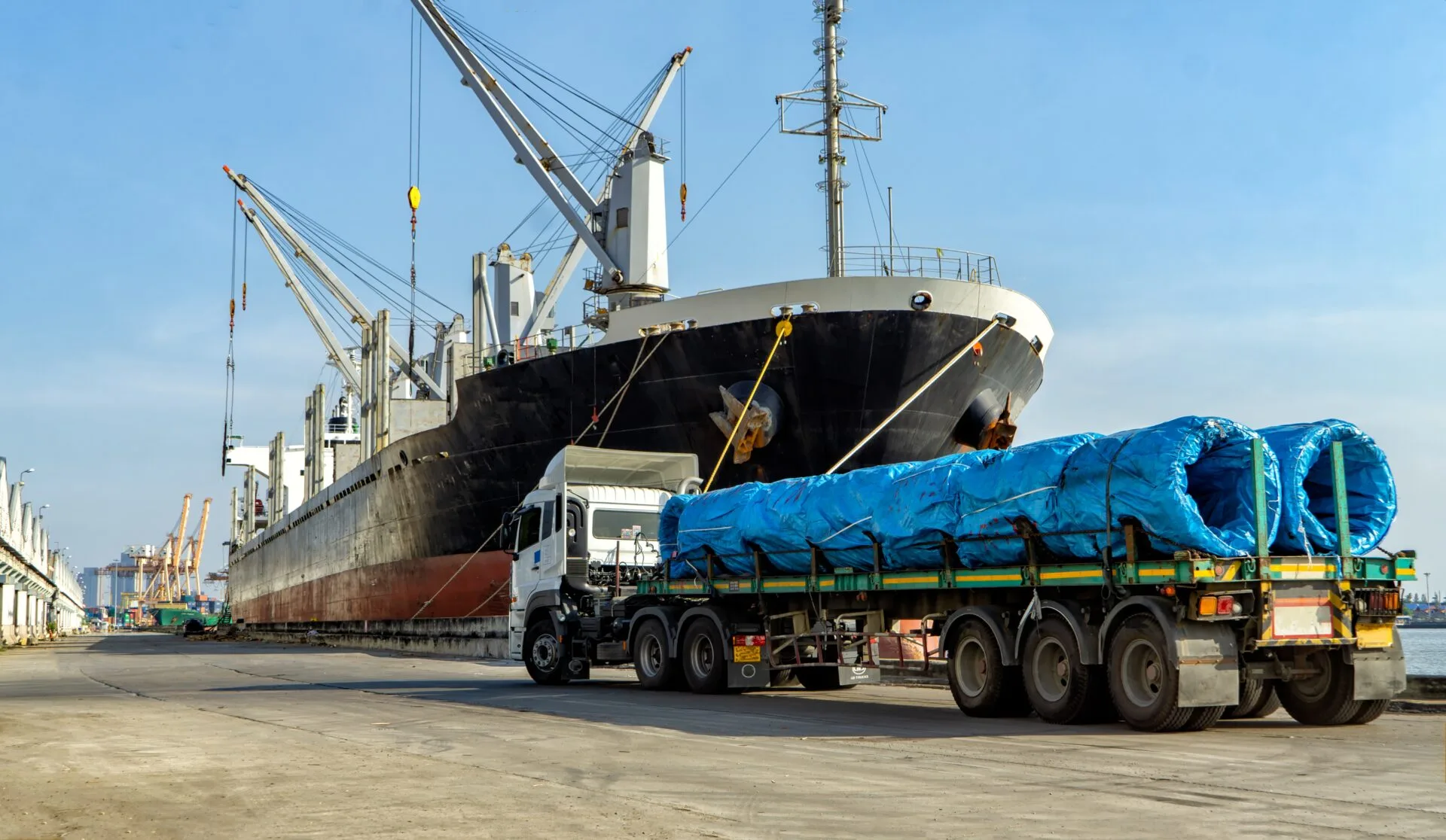Cabotage transport
Cabotage transport refers to domestic transport in an EU member state by a haulier from another member state. Following an international trip, a maximum of three cabotage trips may be carried out within seven days. After that, a waiting period of four days applies before cabotage is permitted again in the same country. Within the Benelux, hauliers from the Netherlands, Belgium and Luxembourg may carry out unlimited cabotage trips among themselves, provided that they are correctly registered. Accurate documentation and compliance with regulations are important here.

What is cabotage transportation?
Cabotage transport refers to the performance of domestic transport in an EU member state by an transporter established in another member state. An example of cabotage: a Dutch transport company that, after making a delivery in Paris, then performs a domestic trip between Lyon and Marseille.
Cabotage regulations were adjusted in February 2022 by the Mobility Package. These adjustments aim to ensure fair competition and regulate the transportation market.
The main rules for cabotage transportation
Basic Conditions
Strict conditions apply to conducting cabotage trips:
- A valid Euro Permit is mandatory
- Transport must take place within EU borders
- The regulations apply to vehicles from 2.5 tons maximum authorized mass
Number of trips allowed
After an international trip, a carrier may perform up to three cabotage trips within seven days in the same country. This period starts at 00:00 a.m. on the day after unloading the international load.
The cooling-off period
An important part of the current regulations is the cooling-off period. After performing cabotage, a carrier must wait four days before performing new cabotage trips in the same country. This period is vehicle-specific, meaning that another vehicle from the same company may perform cabotage immediately.
The Benelux Treaty
Transportation between the Netherlands, Belgium and Luxembourg is subject to special rules thanks to the Benelux Treaty. Carriers from these countries can carry out unlimited domestic trips on each other's territory. However, registration in the IMI system remains mandatory.
Looking for support to make the right decision or want more information?
If so, please contact us. One of our specialists will be happy to help you further.
Documentation and compliance
Required documents
In cabotage transportation, correct documentation is important. The most important documents are:
- CMR waybills with all mandatory data
- Proof of prior international ride
- Valid permits
Practical tips for transporters
To avoid problems, our experts advise:
- Keep accurate trip records
- Regularly check the validity of permits
- Make sure drivers can show all required documents immediately
- Plan trips carefully within the allowed time frames
- Stay abreast of regulations in different EU countries
Frequently asked questions about cabotage
When does the seven-day period for cabotage start?
The period starts at 00:00 on the day after unloading the international cargo. For example: when unloading on Monday at 16:00, the period starts Tuesday at 00:00.
How exactly does the cooling-off period work?
The cooling-off period of four days starts as soon as the vehicle leaves the member state where cabotage has been performed. If this period ends at the weekend, it is extended until 11:59 p.m. on Monday.
Does cabotage also apply to own transportation?
No, the cabotage rules do not apply to own transport. However, all documentation must show that it is actually own transportation.
Other knowledge base articles

December 17, 2025
Export document
An export document is the official export declaration that allows you to legally export goods from the EU. You need it as soon as EU goods leave the ...

December 17, 2025
EAD document
The EAD document is the Export Accompanying Document that accompanies your goods when they are exported from the EU. After submission ...

December 1, 2025
Customs clearance
Customs clearance in the Netherlands means that you officially bring goods into free circulation in the EU. You need to submit a ...